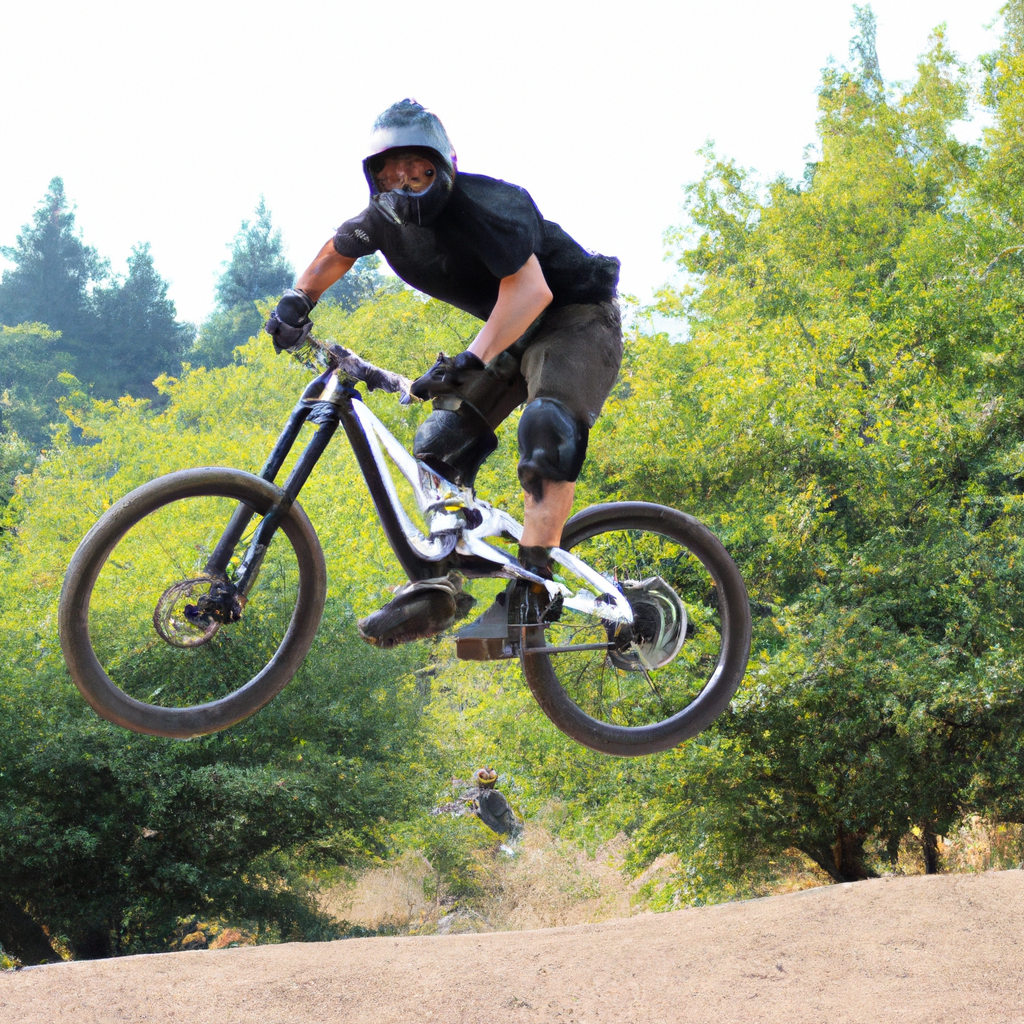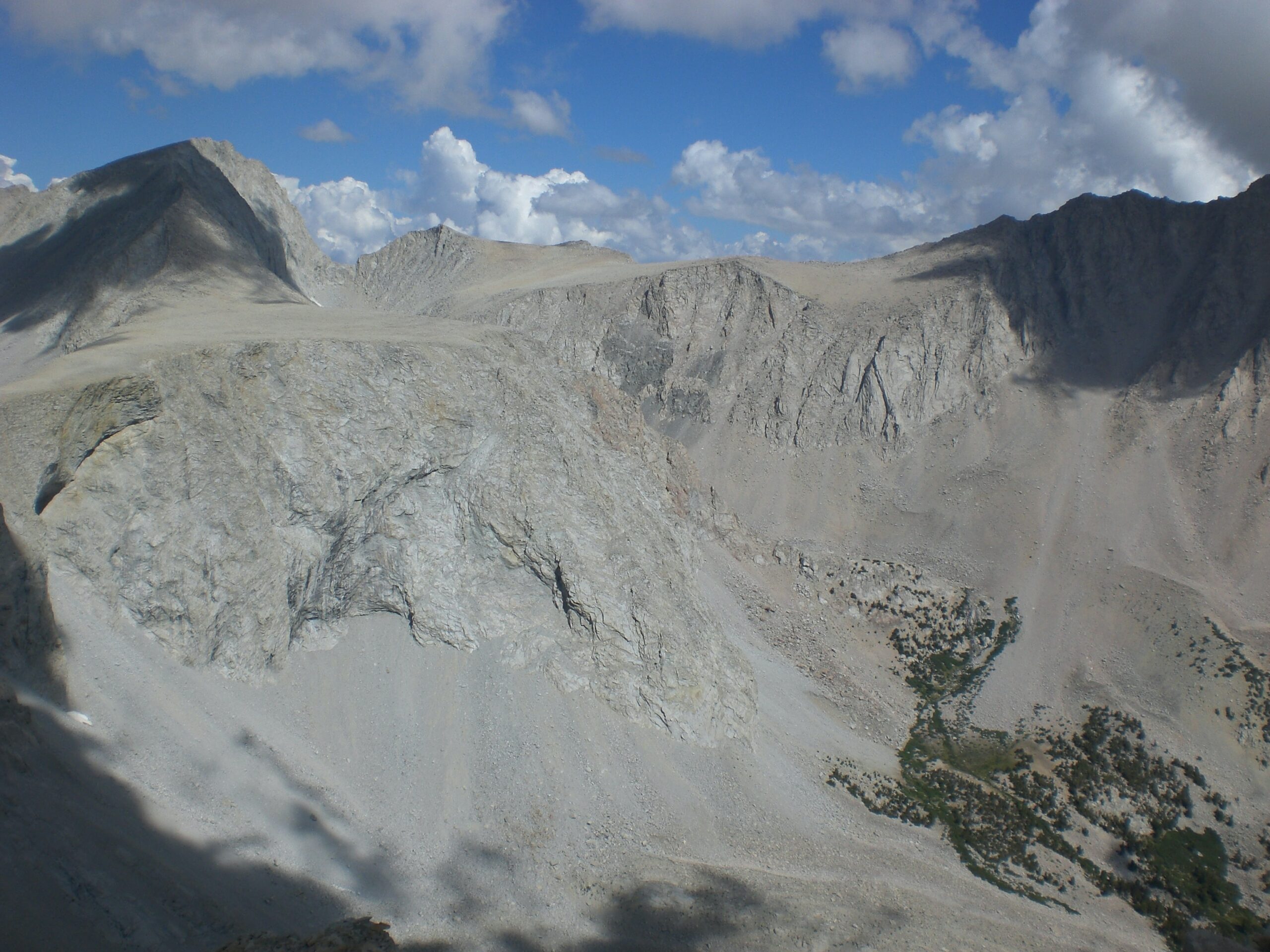Hey there, E-Bike enthusiasts! Are you ready to take your riding skills to the next level? In our “Advanced E-Bike Riding Tips” section, we have everything you need to know about jumping with your electric mountain bike on trails. This guide is specifically designed for intermediate to advanced riders who already have a strong understanding of e-bike components, safety measures, and basic riding techniques. From understanding the intricacies of jumps to mastering controlled landings, we’ll provide you with comprehensive information that will take your jumps to new heights. So, get ready to soar through the trails with confidence and precision!

Introduction
Hey there, E-Bike enthusiasts! Are you ready to take your electric mountain biking to the next level? In this comprehensive guide, we will delve into the exciting world of jumping with your electric mountain bike. We will cover everything from the basics to advanced techniques, helping you become a skilled and confident jumper on the trails. So, buckle up and get ready for an exhilarating ride!
Understanding the Basics
Why jump with an electric mountain bike?
Jumping with an electric mountain bike adds a whole new dimension to your riding experience. Not only does it provide an adrenaline rush, but it also allows you to conquer challenging terrain and explore new trails with ease. The power and torque of an electric mountain bike enable you to clear obstacles and maintain momentum, making jumps more effortless and exciting.
Differences between jumping with a traditional mountain bike and an electric mountain bike
While the concept of jumping remains the same, there are some key differences to consider when jumping with an electric mountain bike. Firstly, the additional weight and power of the electric bike may affect the way the bike handles in the air. Understanding and adjusting to this difference is crucial for a smooth and controlled landing. Additionally, the suspension and geometry of electric mountain bikes may vary from traditional bikes, affecting the way you approach and execute jumps.
Importance of proper technique and control
Jumping with an electric mountain bike requires not only power but also precision and control. Proper technique is essential to ensure a safe and successful jump. By mastering the fundamentals of jumping technique, you can minimize the risk of accidents and maximize your enjoyment on the trails.
Preparing Yourself and Your Bike
Wearing appropriate protective gear
Before attempting any jumps, it is crucial to prioritize your safety by wearing appropriate protective gear. This includes a well-fitted helmet, knee and elbow pads, padded gloves, and sturdy footwear. Protective gear not only provides physical protection but also boosts your confidence, allowing you to fully focus on perfecting your jumps.
Checking the condition of your electric mountain bike
An electric mountain bike subjected to jumps needs to be in optimal condition. Before your jump session, thoroughly inspect your bike for any signs of wear and tear. Check the brakes, tires, and frame for any damage that may compromise your safety. Regular maintenance and inspections are essential to ensure that your bike is ready to handle the demands of jumping.
Adjusting the suspension settings
Proper suspension settings play a significant role in the performance of your electric mountain bike during jumps. Adjusting the suspension settings can help you achieve the optimal balance between stability and agility. Experiment with different settings, considering factors such as your weight, riding style, and terrain to find the perfect suspension setup for jumping.
Assessing the Jump
Analyzing the trail features before attempting a jump
Before attempting a jump, it is vital to carefully analyze the trail features leading up to it. Look out for any obstacles, variations in terrain, and factors that may affect your approach and landing. Understanding the trail features will help you plan your jump trajectory and ensure a smooth and controlled ride.
Identifying a suitable takeoff and landing area
Choosing the right takeoff and landing area is crucial for a successful jump. Look for areas with a smooth transition, free from loose gravel or debris. A suitable takeoff area allows you to generate enough speed, while the landing area should provide a safe and stable surface for a controlled landing.
Evaluating the difficulty level of the jump
Jumping is not a one-size-fits-all activity. Each jump has its own difficulty level, which you should assess before attempting it. Start with smaller jumps to build confidence and progressively move on to more difficult ones as your skills improve. Understanding the difficulty level of a jump will help you gauge your readiness and avoid taking unnecessary risks.

Mastering Jumping Techniques
Proper body positioning for takeoff and landing
The key to a controlled jump lies in proper body positioning. As you approach the takeoff, shift your weight slightly back while maintaining a low center of gravity. This will help you generate enough lift and ensure a smooth takeoff. In the air, maintain a balanced and stable position, bending your knees to absorb the impact upon landing.
Maintaining balance and stability in the air
Maintaining balance and stability in the air is essential for a successful jump. Keep your body centered over the bike, with your arms and legs slightly bent to absorb any sudden movements. Focus on keeping your eyes forward and maintaining a fluid motion, adjusting your body as needed to maintain stability throughout the jump.
Using the right amount of speed for different jumps
Speed is a crucial factor when it comes to jumping with an electric mountain bike. Different jumps require different amounts of speed to ensure a smooth takeoff and landing. Experiment with different speeds during practice sessions, gradually increasing or decreasing your speed to find the right balance for each jump.
Practicing Jumping on Safe Terrain
Finding a controlled environment for practice
Safety should always be a top priority when practicing jumps. Look for controlled environments such as bike parks or designated jump trails where you can practice under supervised conditions. These areas often have features specifically designed for jumps, providing a safer and more controlled environment for learning and improving your jumping skills.
Starting with small jumps and gradually progressing
Like any skill, jumping requires practice and progression. Start with small jumps that align with your skill level and gradually progress to more advanced ones as your confidence grows. Consistency and repetition are key to mastering jumping techniques. Take your time, focus on perfecting each jump, and celebrate your progress along the way.
Learning to bail out safely if needed
Even with proper technique and preparation, there may be times when you need to bail out during a jump. Learning how to bail out safely can minimize the risk of injuries. Practice techniques such as tucking and rolling to protect yourself in case of an unexpected mishap. Remember, it is always better to prioritize your safety and try again rather than risking a dangerous landing.

Advanced Jumping Tricks
Perfecting your tabletops
Once you have mastered the basics, it’s time to take your jumping skills to the next level with advanced tricks. One popular trick is the tabletop. A tabletop jump consists of clearing the jump and then deliberately leveling your bike and body in the air, landing on a flat surface. Perfecting this trick requires precise timing and control, but once mastered, it adds style and flair to your jumping repertoire.
Executing stylish whips and scrubs
Whips and scrubs are tricks that add a stylish and dynamic element to your jumps. Whips involve twisting the bike in mid-air, while scrubs involve leaning the bike sideways while keeping the bike and body low. These tricks not only look impressive but also allow you to maintain control and adjust your trajectory mid-jump.
Exploring tricks like no-handers and bar spins
For the more daring riders, tricks like no-handers and bar spins can take jumping to a whole new level. No-handers involve releasing your grip on the handlebars and extending both arms outwards, while bar spins require spinning the handlebars 360 degrees mid-air. These tricks require advanced skills and practice, so make sure you are confident in your jumping abilities before attempting them.
Maintaining Your Electric Mountain Bike
Inspecting your bike after each jump
Jumping can be demanding on your electric mountain bike, so it’s crucial to inspect it after each jump session. Check for any signs of damage to the frame, suspension, or components. Make sure all the bolts are tightened correctly. Addressing any issues promptly can prevent further damage and ensure that your bike remains in optimal condition for future jumps.
Cleaning and lubricating key components
Regular cleaning and lubrication are essential for maintaining the performance and longevity of your electric mountain bike. After each jump session, clean off any dirt or debris that may have accumulated on your bike. Pay special attention to the suspension components and drivetrain, as these areas are most susceptible to dirt and grime buildup. Additionally, lubricate the chain and other moving parts to minimize friction and ensure smooth operation.
Addressing any wear and tear issues
Jumping can put extra stress on your electric mountain bike, potentially causing wear and tear over time. Keep an eye out for any signs of wear, such as worn brake pads or chain stretch, and address these issues promptly. Regular maintenance and timely repairs can help extend the lifespan of your bike and ensure optimal performance during jumps.

Understanding the Limitations
Recognizing the limitations of your electric mountain bike
While electric mountain bikes offer enhanced power and capabilities, it is crucial to recognize their limitations. Jumping with an electric bike can put additional strain on the motor, battery, and components. Make sure you understand the manufacturer’s guidelines and recommendations regarding jumping. Pushing your bike beyond its limitations may result in compromised safety and potential damage.
Avoiding jumps that exceed the capabilities of your bike
Not every jump may be suitable for your electric mountain bike, especially if it is not designed for extreme jumps. Evaluate the difficulty level and features of a jump before attempting it. Be honest with yourself about your skill level and your bike’s capabilities. It is always better to err on the side of caution and choose jumps that are within your comfort zone.
Balancing fun and safety
Jumping with your electric mountain bike can be an exhilarating experience, but it’s important to strike a balance between fun and safety. Pushing your limits is part of the thrill, but always prioritize your well-being and the well-being of those around you. Remember, controlled jumps on trails are an opportunity to challenge yourself and enjoy the sport, so always ride within your limits and have a blast!
Conclusion
Congratulations, you have reached the end of our comprehensive guide on jumping with your electric mountain bike! We hope this article has provided you with valuable insights and tips to enhance your jumping skills and take your riding to new heights. Remember to prioritize safety, practice regularly, and continue pushing your limits in a controlled and progressive manner. So, strap on your protective gear, hop on your electric mountain bike, and let those jumps soar you to new adventures on the trails!




